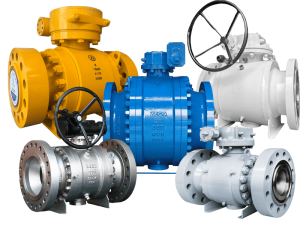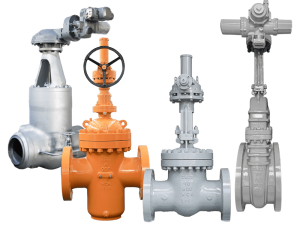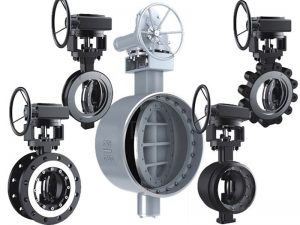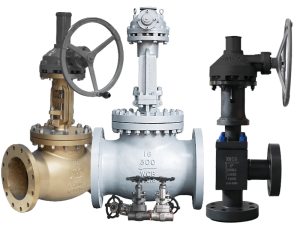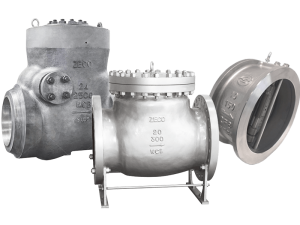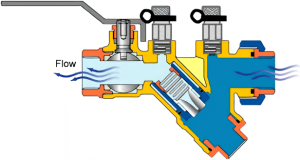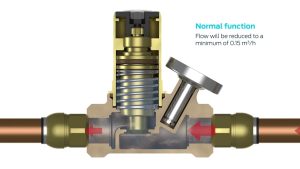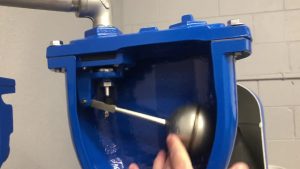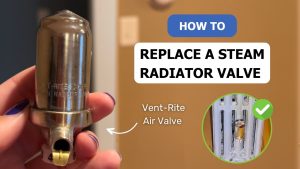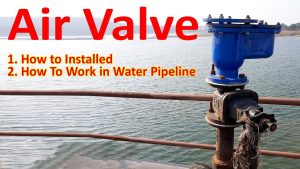Valves are crucial components in any fluid handling system. They regulate flow, provide shutoff, and prevent backflow. Two of the most common types are ball valves and check valves. But when should you use one versus the other?
I’ll compare ball valves vs check valves in this post, so you know exactly when to use each type. I’ll cover:
- How they work
- Main differences
- Applications
- Pros and cons
Plus I’ll help you decide which is better for your specific needs.
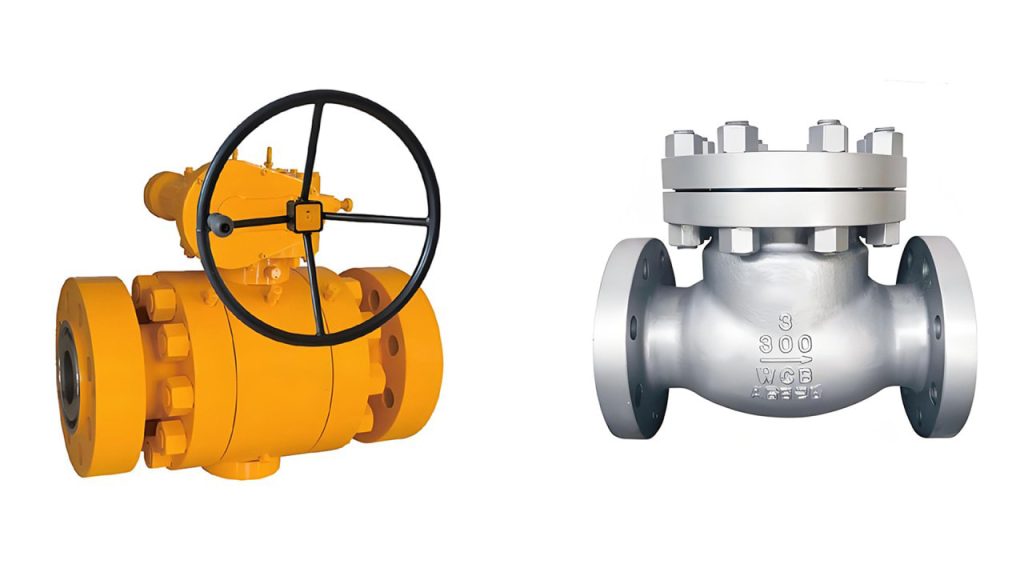
Table of contents
How Ball Valves and Check Valves Work
First, a quick overview of how each type of valve works.
Ball Valves
Ball valves use a rotary ball with a bore through the middle to control flow. By rotating the ball 90 degrees, you can switch between fully open and fully closed.
Ball valve diagram
Ball valves provide positive shutoff when closed. And when open, they have very little pressure drop or restriction to flow. This makes them ideal for on/off applications.
Check Valves
Check valves only allow flow in one direction; they prevent backflow. They use the energy of flowing fluid to automatically open. Then they close when flow stops or reverses.
Check valve diagram
Common check valve designs include swing, tilt, and lift. They all operate on the same one-way principle though.
Spring-loaded check valves add a spring to keep the valve sealed until line pressure overcomes spring force.
Key Differences Between Ball Valves and Check Valves
Now that you know the basics of how they work, let’s look at some key differences:
1. Flow Control
- Ball Valves provide full flow when open, and positive shutoff when closed. Good for frequent on/off operation.
- Check Valves only allow one-way flow. They don’t control flow rate when open.
2. Automatic Operation
- Ball Valves require manual or automated actuation to open/close.
- Check Valves operate automatically based on flow and pressure. No external controls needed.
3. Cost
- Ball Valves generally cost more than same-sized check valves. The ball and seating design is more complex.
- Check Valves are simple internally. Just a disc, hinge, and seat. Relatively inexpensive.
4. Pressure Drop
- Ball Valves have very little pressure drop when open. Full ported valves maintain pipe ID.
- Check Valves induce more head loss. Flow must flex the check mechanism.
Ball Valve vs Check Valve Applications
Now let’s look at typical applications where ball valves or check valves are preferred.
Ball Valve Applications
Ball valves shine in applications that require:
- Frequent on/off operation
- Positive shutoff when closed
- Low pressure drop when open
- Capability to throttle/balance flow
Common ball valve applications:
- Process control
- Steam systems
- Chemical injection
- Branch isolations
- Mixing or diverting services
Check Valve Applications
Check valves are designed to:
- Prevent reverse flow
- Avoid pump or process damage from back flow
- Stop contaminant backflow into potable water
Typical check valve applications:
- Backflow prevention
- Pump discharge
- Gravity feed lines
- Air conditioning and refrigeration
Ball Valve vs Check Valve Pros and Cons
Finally, let’s summarize the unique advantages and disadvantages of ball valves vs check valves:
Ball Valve Pros
- Positive shutoff
- Full flow when open
- Handles frequent cycling
- Variety of configurations and sizes
- Regulates flow rate when used for throttling
Ball Valve Cons
- Higher initial cost
- Requires manual or automated controls
- Difficult to automate compared to other valve types
Check Valve Pros
- No external power or controls needed
- Prevents backflow automatically
- Simple design with only one moving part
- Low purchase cost
Check Valve Cons
- Permanent pressure loss
- Limited flow control capability
- Can get stuck open/close depending on installation
- Moving parts can wear over time
Deciding Between a Ball Valve vs Check Valve
As you can see, both ball valves and check valves have unique benefits. Often the application requirements will dictate which is the better choice.
For positive shutoff and minimal flow restriction, ball valves almost always win out.
For automatically preventing reverse flow, check valves are ideal.
In some applications, you may need both! Ball valves allow you to isolate sections of pipe and manually stop flow. While check valves provide automatic protection against backflow at key points.
No matter which style you end up choosing, make sure to select quality valves from reputable manufacturers like Flomatic or Zeco Valve. Paying a little more for durability and performance is almost always worth it when dealing with critical lines.
And that wraps up this ball valve vs check valve comparison! Now you know the differences, typical applications, and when it’s best to use each type.
Let me know if you have any other valve-related questions. I’m always happy to chat more about plumbing and fluid handling systems!

